Holding Their Breath
It had been a journey of years and around the globe. With ancient text references at their side and fragments of old clay vessels from ancient excavation sites, the scientists waited as their equipment processed the results.
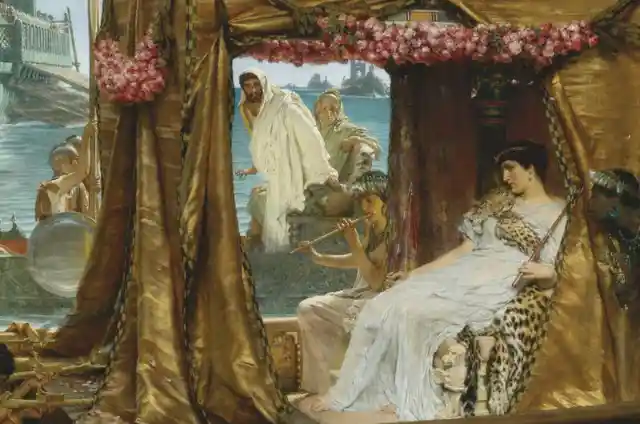
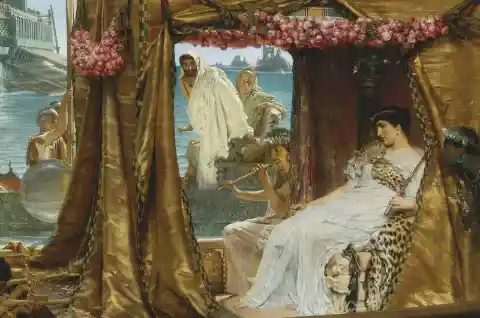
What scent had the ancient Egyptian queen used to drive men mad with desire and rule and empire?
Powerful Combinations
The goddess on earth might be famous for her dalliances with famous political leaders, but she wasn’t a mere plaything or pawn.
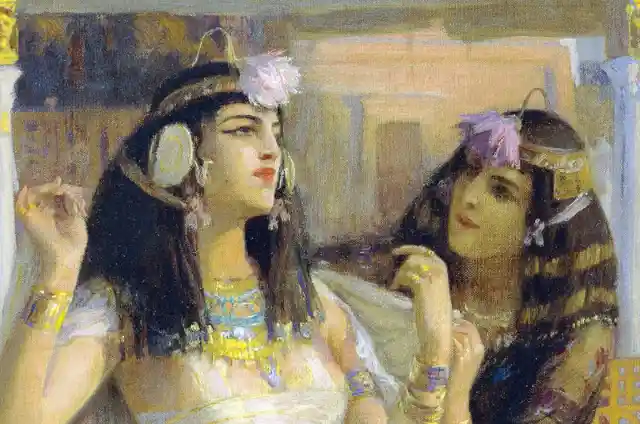
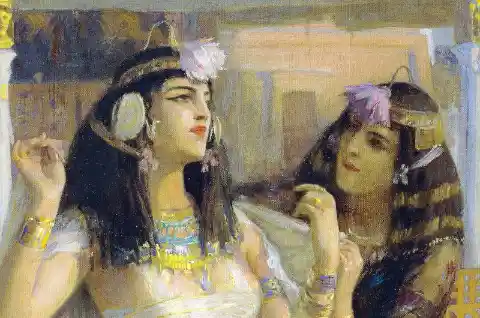
She was ambitious, intelligent, and used her power to revive Egypt’s economy and standing. Her beauty, however, wasn’t something for the masses to simply behold. She used it. And she used it purposefully.
Beauty Arsenal
Like any great leader, Cleopatra had access to anything and everything she wanted.
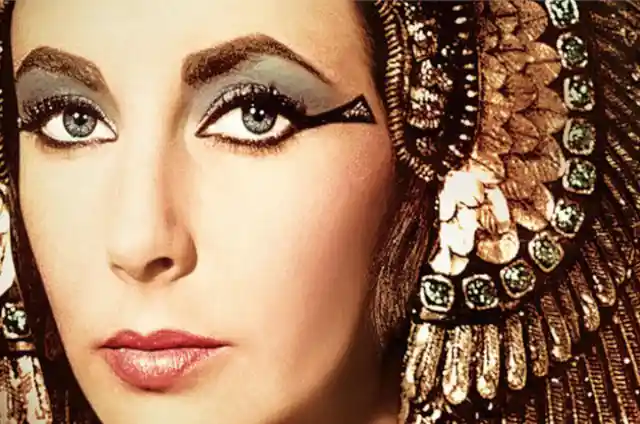
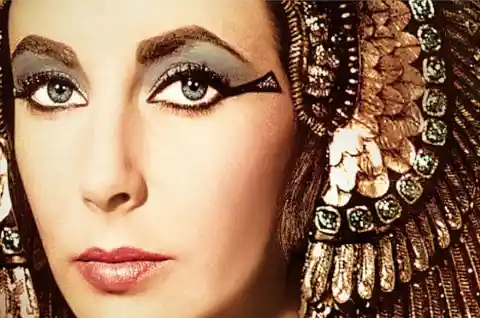
She needed to look like a queen, even smell like one. Just a few of her beauty secrets included milk baths, rose water, and honey facials. Her perfume has also become the stuff of legends. But what was in it?
Ancient Perfume
Scents in Egypt weren’t like what we have today. They were thicker, stickier, and had a longer shelflife.
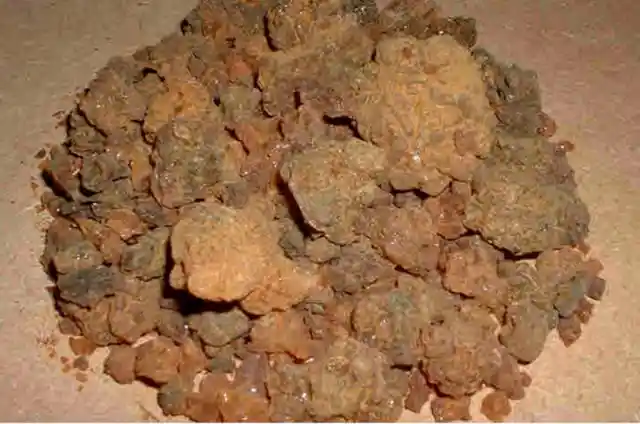
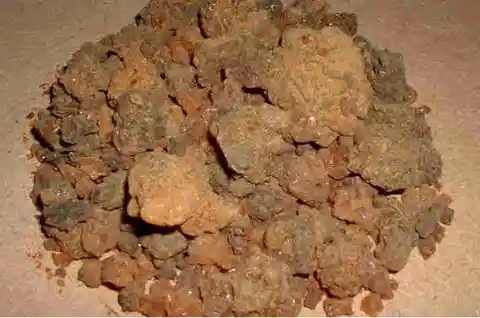
From rich to poor, people were crazy about smelling great. Two famous and widely distributed examples were Mendesian (light and incense-y) and Metopian (heavier and musky). This gave a base for researchers to find what a queen would adore.
Across the Waves
This long lost recipe was enough to influence William Shakespeare to write about her.


Julias Ceasar also claimed that as he approached the shore, he could smell her scent across the ocean, pulling him in. Thankfully, scientists Robert Littman and Jay Silverstein made it their life’s task to uncovering such truths.
The Ruins of Thmuis
Littman and Silverstein were beyond thrilled when excavations in the ancient city of Thmuis revealed that it was a major site for perfume manufacturing for all of Egypt and beyond.


Every artifact, every rock could hold the answers they had been seeking. One impressive and exciting collection of relics was very promising.
Major Discovery
First, they uncovered countless ancient kilns. These were used to make amphorae and still had some inside and intact.
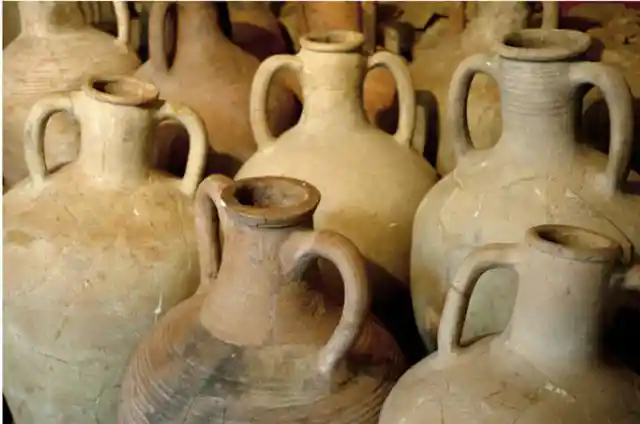
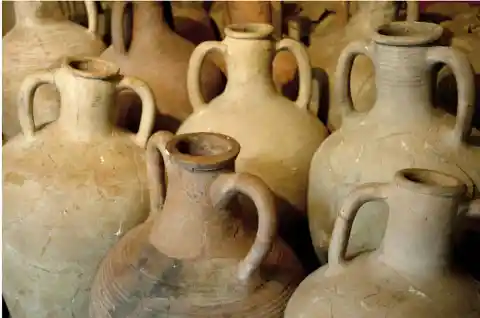
They were clay “bottles” with two handles, a narrow neck, and a wider mouth. Every household and business had them. They were used to hold everything from water and oil to grain and, yep, perfume.
Finding A Clue
Miraculously, some of the clay vessels still had traces of scent left behind (no surprise since it was meant to last for years).
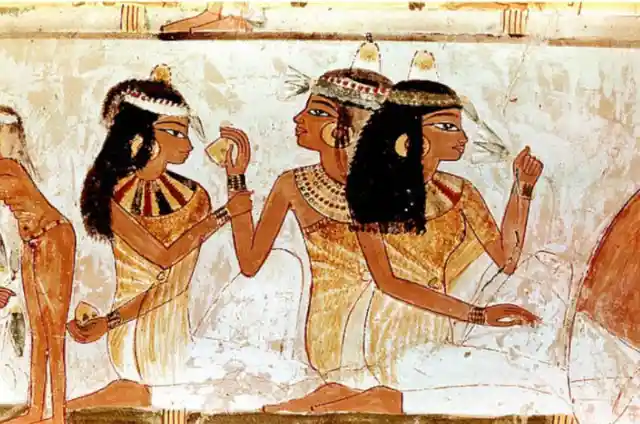
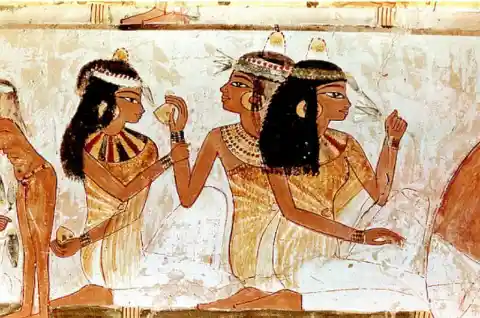
The remains weren't enough for the human nose to pick up. But thanks to modern technology, the team could process the remnants and see what had been a staple of ancient hygiene.
Common Bases
As the data appeared, the first few items weren’t a surprise. There was olive oil (found everywhere in the ancient world) as well as cinnamon and cardamom.
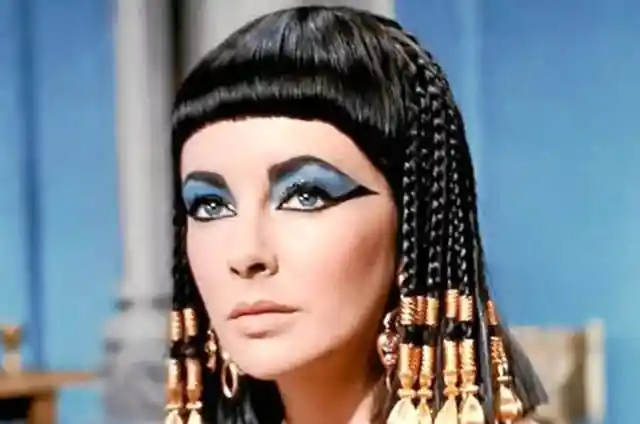
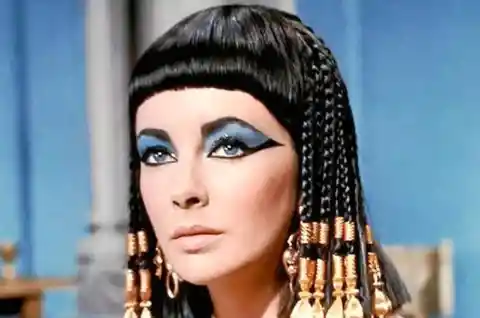
Anything strong and lasting would have been a must in desert lands. As the last result came out, they all smiled. What was the final ingredient?
Nefertum Approved
Myrrh. The tree resin was not only prevalent it was sacred – used in temple incense.
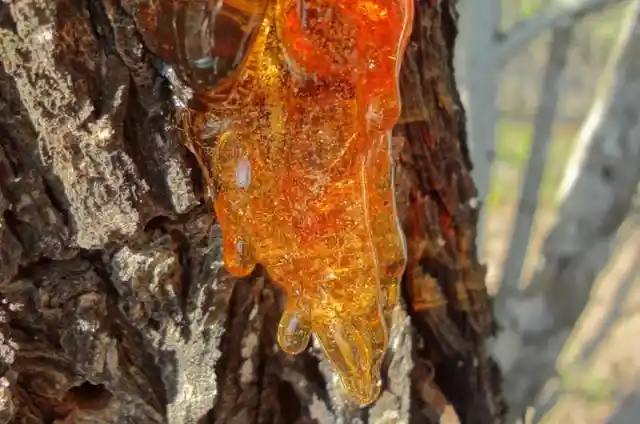
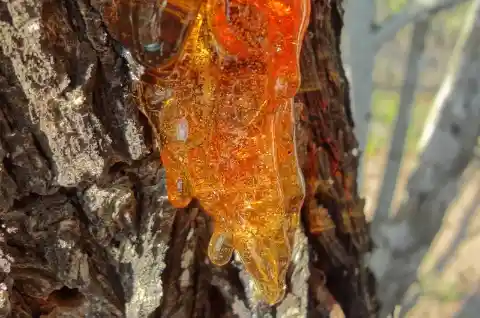
It was also in at least two of the four most valued perfumes in the entire ancient world. But, studies also show that the old myrrh smelled much different than the modern versions. So, what graced her sails and skin?
Two, Please
It was a subtle musky spice and very pleasant. Littman even went as far as to call it the Chanel 5 of ancient Egypt.
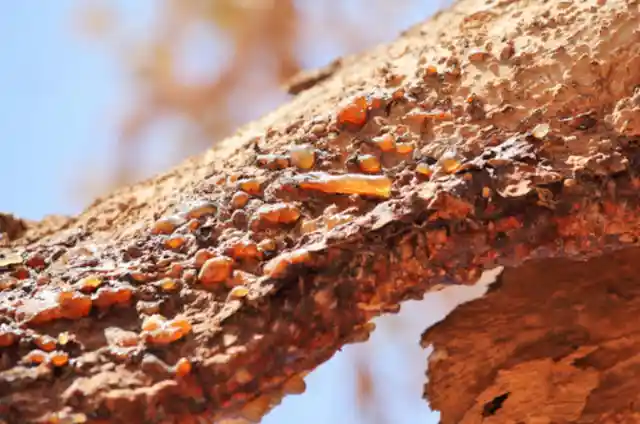
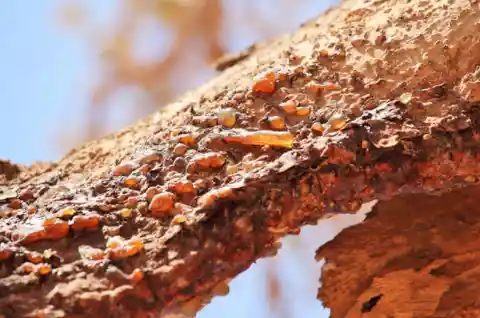
Now, imagine you’re Caesar’s ship and you catch a hint of spice over the stench of sailors. It’s intriguing and intoxicating. There are, however, people who disagree with the findings.
Too Common
One view is that a queen wouldn’t have worn something so common, especially when she had her own (rumored) dedicated perfume factory.
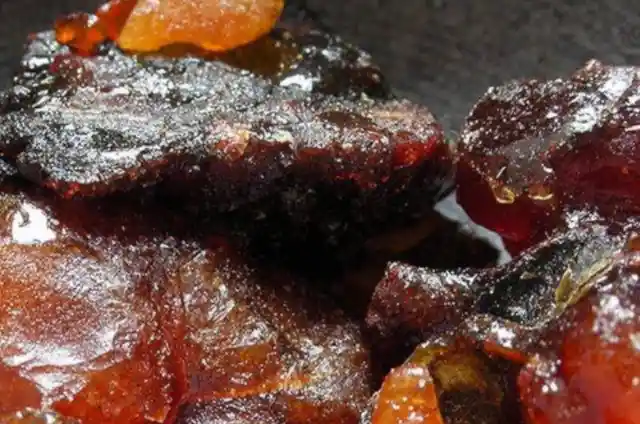
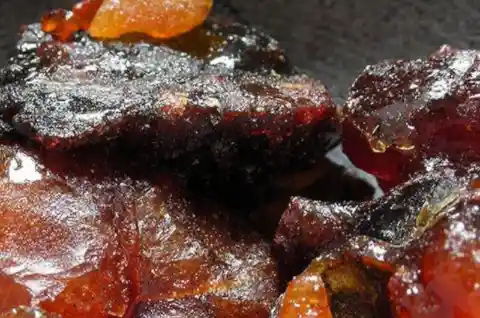
Others think that it wasn’t perfume for the body, rather burning a lot of temple/royal incense as well as resin rubbed into the sails. And what about her own formulas?
Private Perfume
Cleopatra was said to have her own room where she created special scents from materials all over the known world.
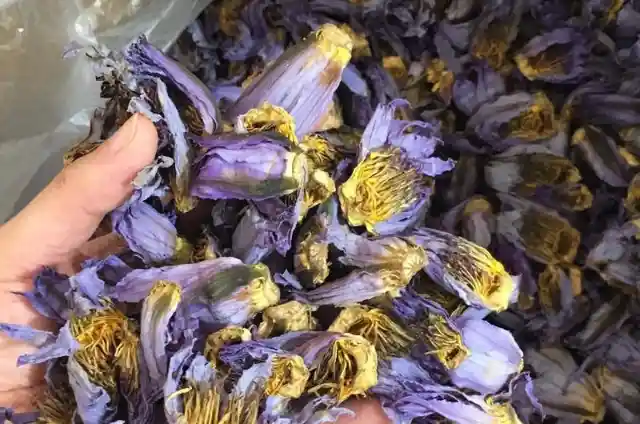
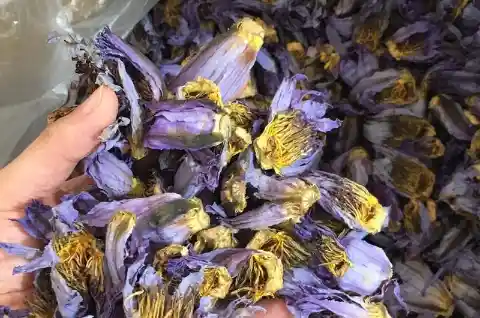
However, with the spiritual connection to myrrh, it would be no stretch of the imagination to think she added a sprinkle or two. Blue lotus was another possibility. Trade routes were also vital.
Long-Lasting
Trade was essential, no matter how poor or powerful the country. Since products were transit for weeks or months, they needed to last.
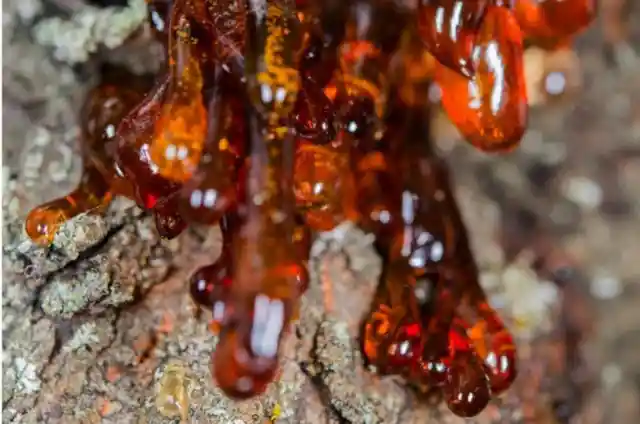
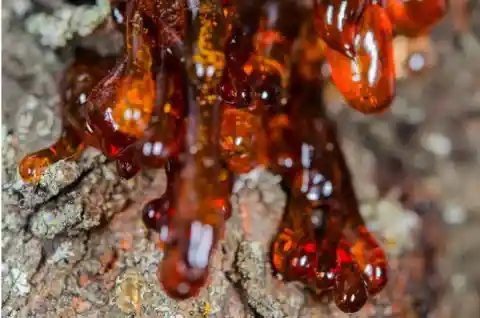
Perfumes had to meet certain requirements. One being, they needed not to go rancid. Some bottles could keep their scent for over twenty years. They were also more sticky or gummy.
More Facts
Susinum, Cyprinum, and Rhondinium were other famous “brands” that made the rounds. Bottles often showed gods and contained what Egyptians believed gods smelled like.
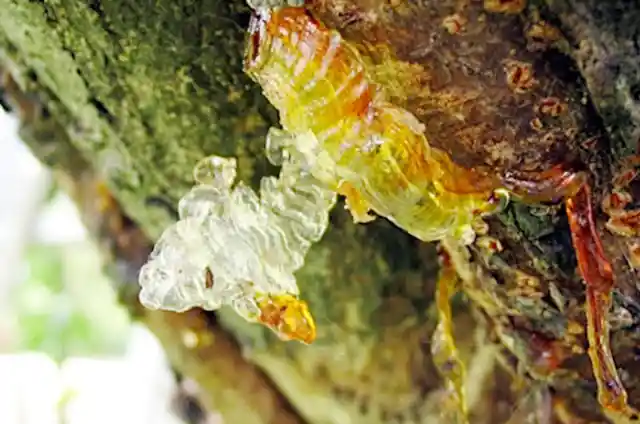

The last piece of good news? Many of the products are still available today. If you wanted, you could smell like the queen of the Nile or an ancient goddess.